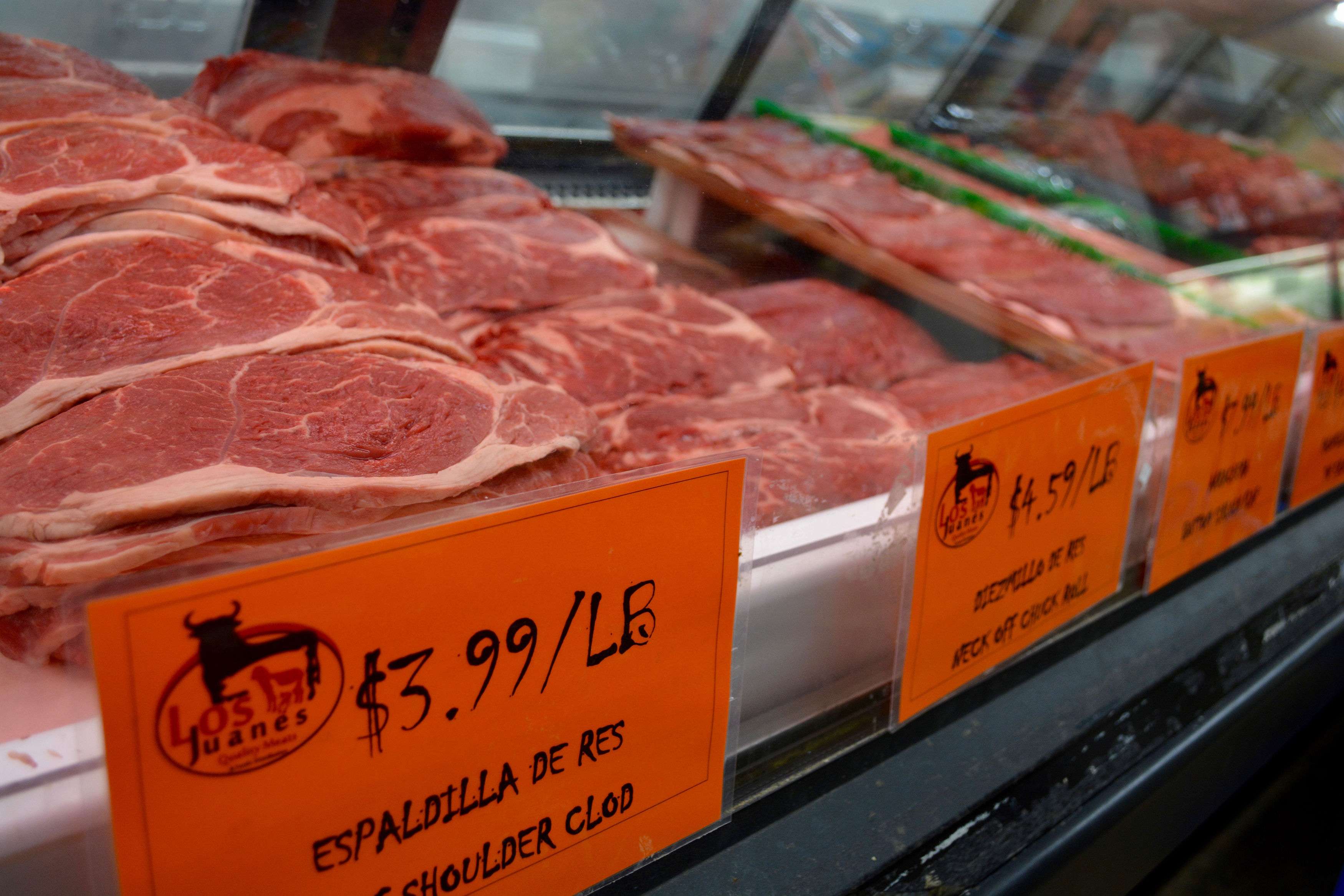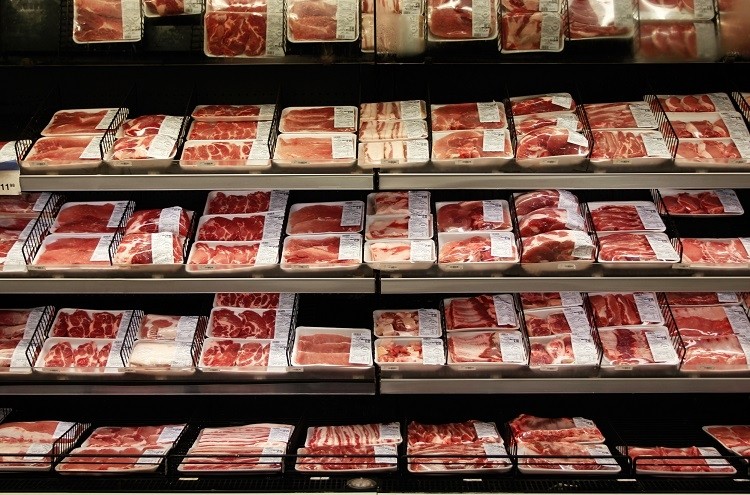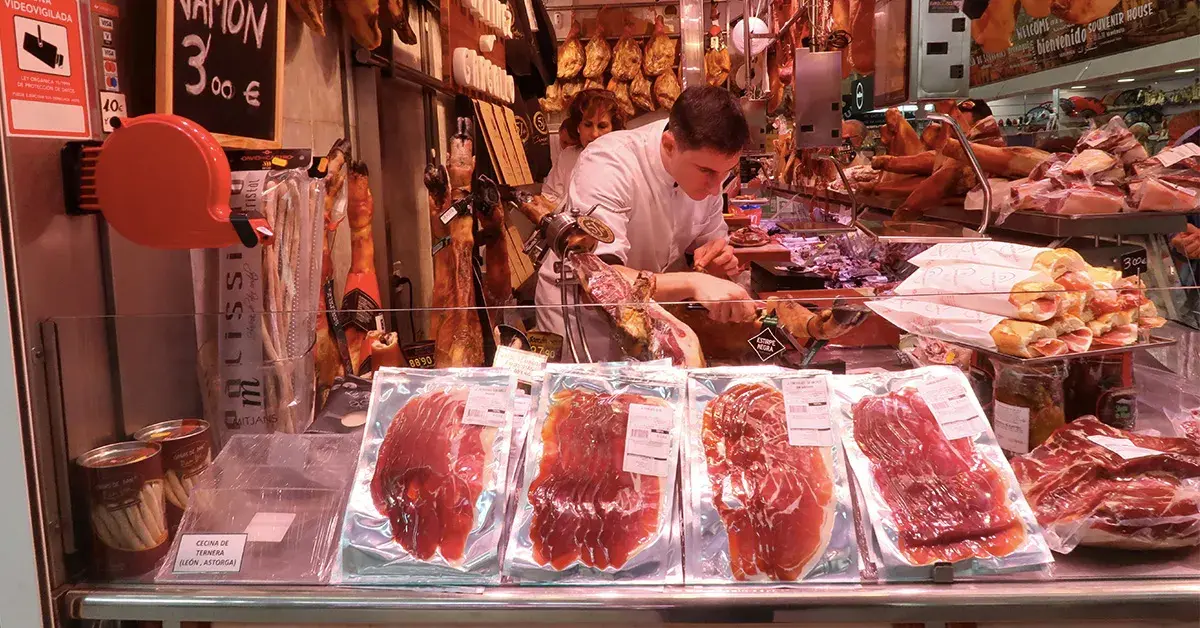Discover the Finest Selection of Cuts From Neighborhood Meat Market
In an era where the origins of our food are more substantial than ever, exploring the finest selection of cuts from your neighborhood meat market supplies an engaging story of quality and stability. These markets not just assure unequaled freshness and preference however additionally provide understandings into the nuances of different primal and sub-primal cuts.
Benefits of Neighborhood Meat Markets
Regional meat markets provide many benefits that are becoming significantly significant in today's food landscape. Primarily, they provide customers with access to fresher and higher-quality meat. Because the supply chain is much shorter, neighborhood meat does not endure prolonged transport times, protecting its quality and nutritional value. This close proximity to the source likewise enables boosted traceability, giving customers with transparency concerning where and exactly how the meat was generated.

Furthermore, regional meat markets add to the economic vitality of communities. By supporting local producers, customers assist endure local business and foster financial growth within their region. This financial support can lead to work production and aid preserve the distinct personality of regional areas.
Understanding Different Meat Cuts
A basic aspect of making enlightened purchasing decisions at local meat markets is recognizing the various cuts of meat readily available. Each cut supplies one-of-a-kind tastes, textures, and food preparation capacities, making it vital to acknowledge just how they differ. Largely, meat is classified right into primitive, sub-primal, and retail cuts. Primitive cuts are the bigger areas initially separated from the carcass, such as the loin, rib, and chuck. These are further split right into sub-primal cuts, which at some point break down right into retail cuts, the acquainted selections found at the market.
For instance, from the beef primitive cut, the loin, one can acquire sub-primal cuts like tenderloin, leading to retail options such as filet mignon. In a similar way, the rib primal cut includes sub-primal ribs, generating retail choices like ribeye steaks. Comprehending these differences help in selecting cuts that line up with cooking requirements and personal choices.
Additionally, cuts differ in tenderness and fat content, influencing their optimal food preparation techniques. bagley farms meat market edwardsville il. Harder cuts like brisket benefit from slow-moving cooking, while tender cuts like sirloin are matched for barbecuing. By grasping these try this nuances, customers can improve their cooking experiences and optimize their meat acquisitions

Expert Tips for Picking Meat
Selecting the perfect cut of meat requires not just understanding of the numerous options offered but additionally an eager understanding of quality indicators that professionals use to make their options. First of all, focus needs to be put on the color of the meat. Vivid, abundant colors normally mirror freshness, while boring or grayish tones might show aging or incorrect storage. Next, consider marbling, the great touches of fat within the muscular tissue. A well-marbled cut usually promises improved taste and inflammation, as the fat melts during food preparation, improving the meat's appearance and taste.
One more important element is the meat's texture. It must feel firm yet somewhat accepting the touch, indicating proper muscular tissue stability. Furthermore, a clean, fresh fragrance is vital; any off or sour smells suggest perishing and must be prevented. Professional guidance additionally involves taking a look at the packaging, if appropriate. Vacuum-sealed or firmly covered packages aid keep freshness and stop contamination.
Lastly, understanding the reputation and sourcing techniques of your regional meat supplier can supply insights into the quality and ethical requirements of the meat. Involving with well-informed butchers can give valuable suggestions tailored to details cooking requirements, guaranteeing a premium eating experience.

Best Seasonal Options
When it comes to selecting the ideal seasonal cuts of meat, understanding the natural rhythms of livestock and farming techniques can considerably boost your eating experience. Autumn is an exceptional time for beef, as cattle have spent the summertime months grazing on nutrient-rich turfs, resulting in delicious, marbled meat.
Picking seasonal cuts not just ensures freshness yet likewise lines up with the peak quality of various meats. Pork, commonly healed and maintained in the cooler months, supplies a rich selection of cuts like ham and bacon during winter months, when pigs are butchered after being plumped on autumn harvests. Fowl, on the other hand, is typically at its best during late springtime and very early summertime, when poultries have grown on a diet plan of fresh grains and greens.

Sustaining Lasting Practices
Embracing sustainable techniques in meat manufacturing is crucial for advertising environmental health and wellness and making certain the long life of regional ecosystems. In the context of neighborhood meat markets, sustainability includes a commitment to moral farming techniques, lowering carbon impacts, and sustaining biodiversity. By focusing on these techniques, producers not only improve the top quality of their offerings but likewise contribute favorably to their areas and the planet.
Local meat markets play a crucial role in fostering sustainable farming by sourcing products from farms that Recommended Site execute green techniques. These might go to the website include rotational grazing, organic feed, and integrated bug administration, which collectively lower ecological effect and advertise pet welfare. By choosing to support such markets, customers can straight affect the need for sustainably raised meat, encouraging more manufacturers to take on these techniques.
Furthermore, lasting techniques in meat production can considerably minimize the industry's eco-friendly impact. Supporting lasting techniques not only benefits the atmosphere however likewise aligns with a wider commitment to responsible intake and production.
Conclusion
Local meat markets offer exceptional advantages in regards to high quality, quality, and sustainability. By supplying a varied variety of primitive and sub-primal cuts, these markets accommodate diverse culinary choices while guaranteeing openness in sourcing. Seasonal choices, such as spring lamb and autumn beef, improve the cooking experience with special flavors and tenderness. Sustaining local meat markets not just promotes lasting farming techniques however additionally adds to a much more educated and gratifying cooking trip.